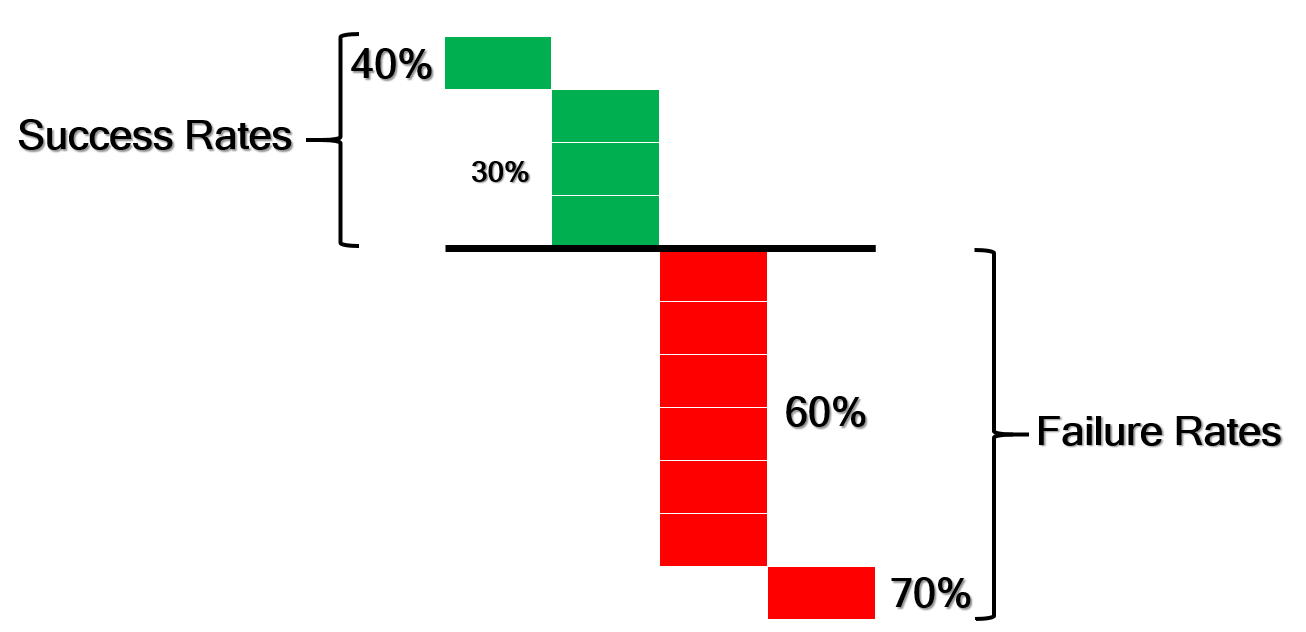[ awr-guh-nuh-zey-shun-ul ● dih-zahyn ]
Defining Organizational Analysis and Design
It’s likely that you’ve done a web search on this subject, and it’s also likely that you’ve come across a lot of fluffy buzzwords. It’s possible that you’ve also thought, “Isn’t organizational design just lines, boxes, titles, and names?” Well, yes, sorta. That’s effectively one of the outputs: organizational charts.
Design means that one or more people are applying analysis, diagnostics, and intentional architecting to come up with a plan. Organization means that the design efforts are focused on the reporting relationships between groups, functions, departments, and people. These relationships setup the formal application and management of resources in the company.

Organization Strategy
One of the most influential researchers and authors in the discipline of organizational design has been Jay Galbraith. I had the privilege of working with Dr. Galbraith twenty years ago when we brought him in to consult in a large-scale organizational restructure. At that point, his original book was only 5 years old. It was new and refreshing to have business strategy discussions and to work through how the business’ goals factored into what would be required from the organization. Connecting organizational design work to business strategy is vitally important. Org design the generates high performing teams requires connection to business strategy.
Organizational Capabilities
Another significant influencer in the discipline of organizational design has been David Ulrich. Often called the “father” of the modern HR organization, he helped pioneer and move human resources into a strategic HR function. He presented the notion of Organizational Capabilities and challenged businesses to think through the capability set that created competitive advantage. This is a mindset change that can greatly transform organizational design efforts. Suddenly, the structure doesn’t matter as much; it still matters, but so do work processes, enterprise systems, and more. Organizational design become part of the solution set.
Competitive Value
We’ve taken the approaches of Galbraith and Ulrich and developed them forward, also looking at Michael Porter’s concept of the value chain. All businesses exist to take raw inputs, and convert them into outputs that are consumed in the marketplace. How we set up our organizations contributes to the company’s ability to produce and contributes to the company’s ability to differentiate itself in the market.
Proper differentiation is competitive value. The goal is for buyers to want to acquire products and services from your company versus your competitors. As a matter of fact, starting with products, services, and differentiation informs strategy and organizational capabilities.
Systems Thinking and the Business Ecosystem
The practice of architecting, designing, and deploying an effective organization requires the use of systems thinking. Then applying that approach to the business ecosystem. This approach and more are presented in our book, “Organizational Design that Sticks!” which you can order to Amazon and other major book retailers. Most people find the first three steps to be intuitive.
An ecosystems view means that the HR professional always considers the linkages between organizational structure choice and the other disciplines that drive performance and capabilities. A review should always include a scan against business processes, decision rights, systems, job tools, people, and incentives. These combined with organizational structure work together to drive capabilities.
Avoid High Failure in Structure and Design
Classic approaches to organizational design yield poor success rates. Organizational change initiatives only achieve between thirty to forty percent success rates. These rates have remained unchanged since the mid-70’s. For fuller appreciate of what that means, it helps to flip the percentages around; that means the failure rate of organizational change initiatives is sixty to seventy percent!

The large failure rate puts business leadership in a position where redesigns are a constant occurrence. They also have dramatically negative effects on a company’s culture. As the failure statistics demonstrate, adjusting an organizational structure (by itself) is not necessarily going to improve performance. To drive performance improvements, organizational design should be conducted in combination with other disciplines.
Common Failure Point
It’s useful to understand where many organizational structure engagements encounter issues and risk failure. The most common failure point in organizational design engagements is the tendency to view things too simplistically. The belief that all the engagement amounts to is a set of boxes and lines on a page, dooms the engagement from the start. Organizational chart development is not organizational design.

Working on only the top 2-3 layers causes failure because it misses where the work is actually performed.
Granted, most people do intuitively think about the distribution of work. Most also think about a good person to fill the defined jobs. However, few follow a formalized method to ensure that the root causes of business performance issues are fully understood and addressed. Solving the root causes of performance requires a deep analysis of the organization. It also requires the use of multiple disciplines that all work together to improve performance. Doing so ensures that business units, support functions, lines of communication, and information flow all work properly and help to drive the achievement of company goals. ☺
© 2021, All Rights Reserved, Alonos® Corporation
To read further on the subject of organizational design, check out our book on the subject, or read an abstract of the book, and read other related articles.
Suggested Citation:
Albrecht, D.J. (2021). Organizational design definition. Alonos Corporation. Retrieved from: alonos.com
References:
Albrecht, D.J., & Albrecht Gomez, M. (2020). Decide to Thrive: Improving business performance through decision effectiveness. Dallas, TX: Alonos Corporation
Albrecht, D.J. (2018). Organizational Design that Sticks! Multidisciplinary Approach for the Business Ecosystem. Dallas, TX: Alonos Corporation.
Galbraith, J. (1995). Designing Organizations: An executive briefing on strategy, structure, and process. San Francisco: CA: Jossey-Bass.
Yeung, A., & Ulrich, D. (2019). Reinventing the Organization: How companies can deliver radically greater value in fast-changing markets. Boston, MA: Harvard Business Press.

